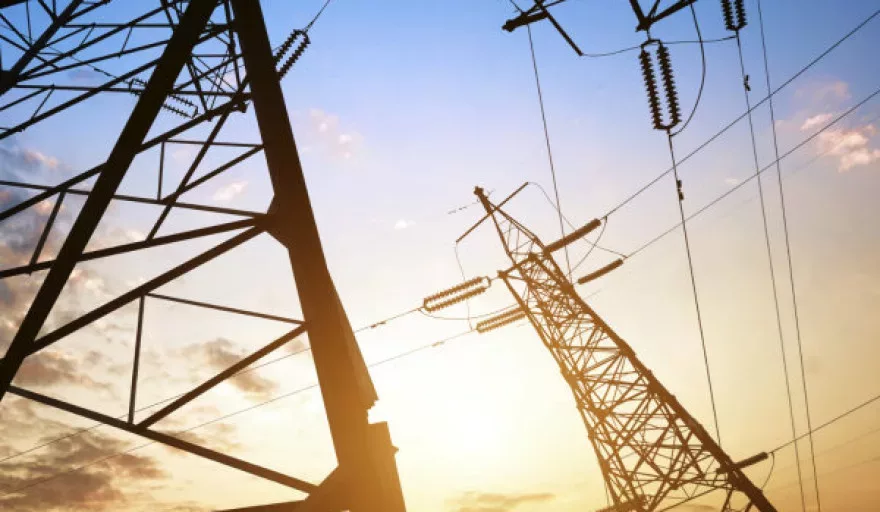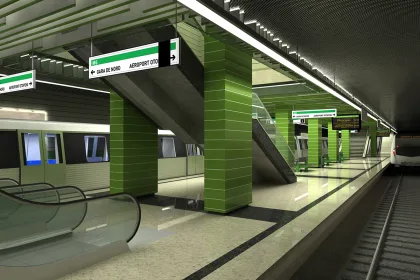The capacity gap between UK power generation and demand has never been so narrow. Both demand and supply can fluctuate wildly so the narrower the gap between them becomes, the less room for error the National Grid has, and the greater the chance that supply falls short.
Fortunately, the UK energy system is relatively resilient to energy security challenges. Nevertheless, it faces ongoing risks from severe weather, technical failure, terrorist attacks, and industrial action.
It can be difficult to predict exactly when blackouts will occur with any level of accuracy. While these risks can be mitigated, it is impossible to eliminate them entirely, particularly when forces of nature strike. Everyone remembers the storms that hit the UK’s South-East last Christmas. Tens of thousands of homes were left without power, with many suffering blackouts into Boxing Day.
More recently, National Grid warned that its capacity to supply electricity this winter will be at a seven-year low due to generator closures and breakdowns. Spare electricity capacity will be close to four percent over the winter months this year, compared to five percent last year and 17 percent three years ago.
During an average cold spell (ACS), the gap between available generation (58.2 GW) and demand (55 GW) plus reserves (0.9 GW) might shrink to as little as 2.3 GW this winter (4.1 percent of the forecast peak demand). This means that the margins are very tight and, should a “Didcot B” style blaze occur, companies that can supply emergency reserves of power will make the difference between the lights being on or off.
So, how should we manage the risk and mind that gap? The simple answer is by either increasing supply or reducing demand and indeed there is room for both on the national scale.
Construction of new power generation and large-scale energy efficiency programmes will be vital in the mid- to long-term. Furthermore, if this new power generation is renewable, there is the additional challenge of how to guarantee renewable energy levels (it is easier to store gas than sunshine and waves). It is still early days for renewables but there is plenty of room for growth, making this a key concern for the grid.
But, what about our immediate needs? The construction of power stations and creation of renewable energy storage solutions will not happen in the next eight to 12 weeks. A solution had to be devised which delivers the energy needed to keep the lights on while ensuring that there isn’t over-reliance on one source of supply.
Energy is high on the political agenda. In November 2014, Ed Davey, Secretary for Energy and Climate Change, asserted that Britain will remain the most energy-secure country in the EU with supply levels which are “comfortably above our reliability standards”. But how does this gel with a capacity margin at a seven-year low?




























